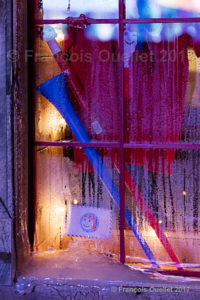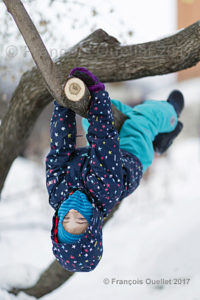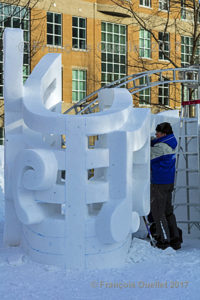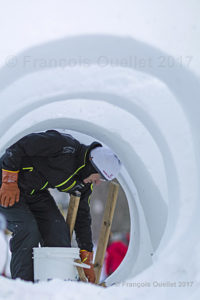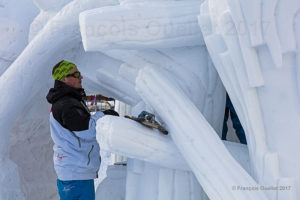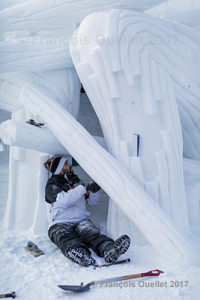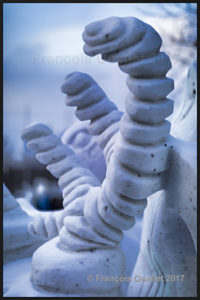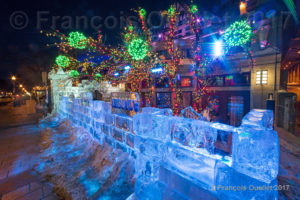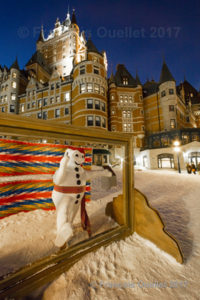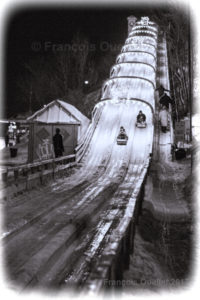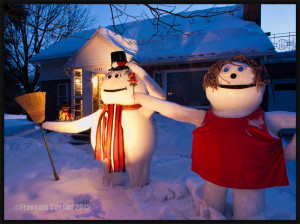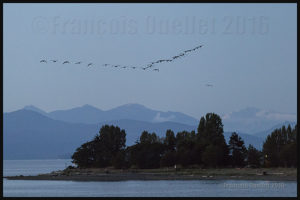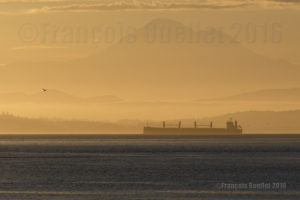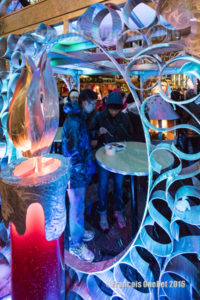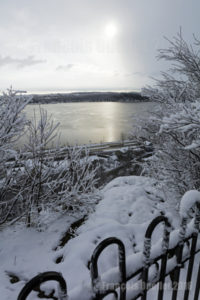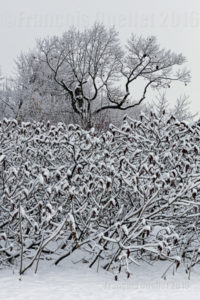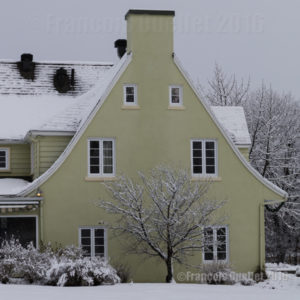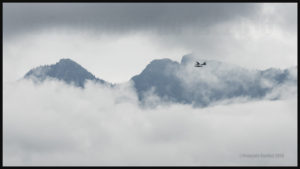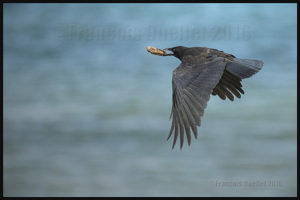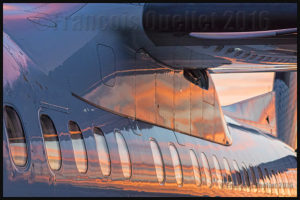In 2017, Quebec City has opted for a decentralization of the Carnival activities which where always organized on the Plains of Abraham. Part of Grande-Allée was blocked to traffic and other activities where also held in the parc de l’Amérique-Française, the parc de la Francophonie and at Place d’Youville, in the hearth of the touristic sector.
This new formula seems to be a success, according to the number of people met during my photography sessions on the different sites. Children, as usual, were not really bothered by the cold temperature et found a way to have fun. The picture below was taken while the wind chill factor was -20C.
The parc de l’Amérique-Française was receiving the international snow sculpture contest. Many countries were present: Argentina, Canada, France, Germany, Italy, Mexico, Morocco, Peru and the United States. Italy won the first prize with an excellence award from the Quebec Carnival, added to an award from the public and the benevolent staff. The Italian sculptors were Pietro Germano, Samuel Bonapace and Gino Casagranda. The picture below represents one Italian sculptor at work.
The second prize, with a Government of Quebec award, was offered to the team from France, who was composed of Pascal Veuillet, André Marastoni and Éric Margery. The pictures below show the work in progress and a French sculptor taking a few minutes to talk with a citizen. He does not seem too annoyed by the cold weather…
The team from Canada won the third prize, with an award from Quebec City. In the team were Jessy Armand, Michel Proulx and Mathieu Béchard. The pictures below represent two of the Canadian sculptors at work.
Some sculptures had a really original look. Instead of capturing the whole creation, I decided to frame a section of one of the sculpture in order to emphasize the artwork.
All the pictures have been taken using a Canon 5DSR full-frame camera equipped with a Canon EF 85mm f/1.2 II USM lens, with or without tripod, depending on the amount of light available. The picture above was shot using a 1.2 aperture to maximize the blurred effect in the background. It was then reworked using two different image editing softwares.
For a better idea of all the activites organized by the Quebec Carnival, head towards the following official and bilingual site: Quebec Carnival official site
For other photos on the province of Quebec and also Quebec City, click on the following links from my blog:
